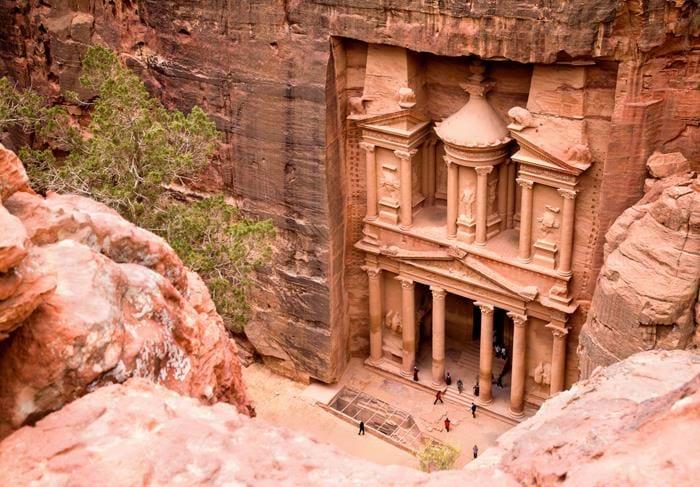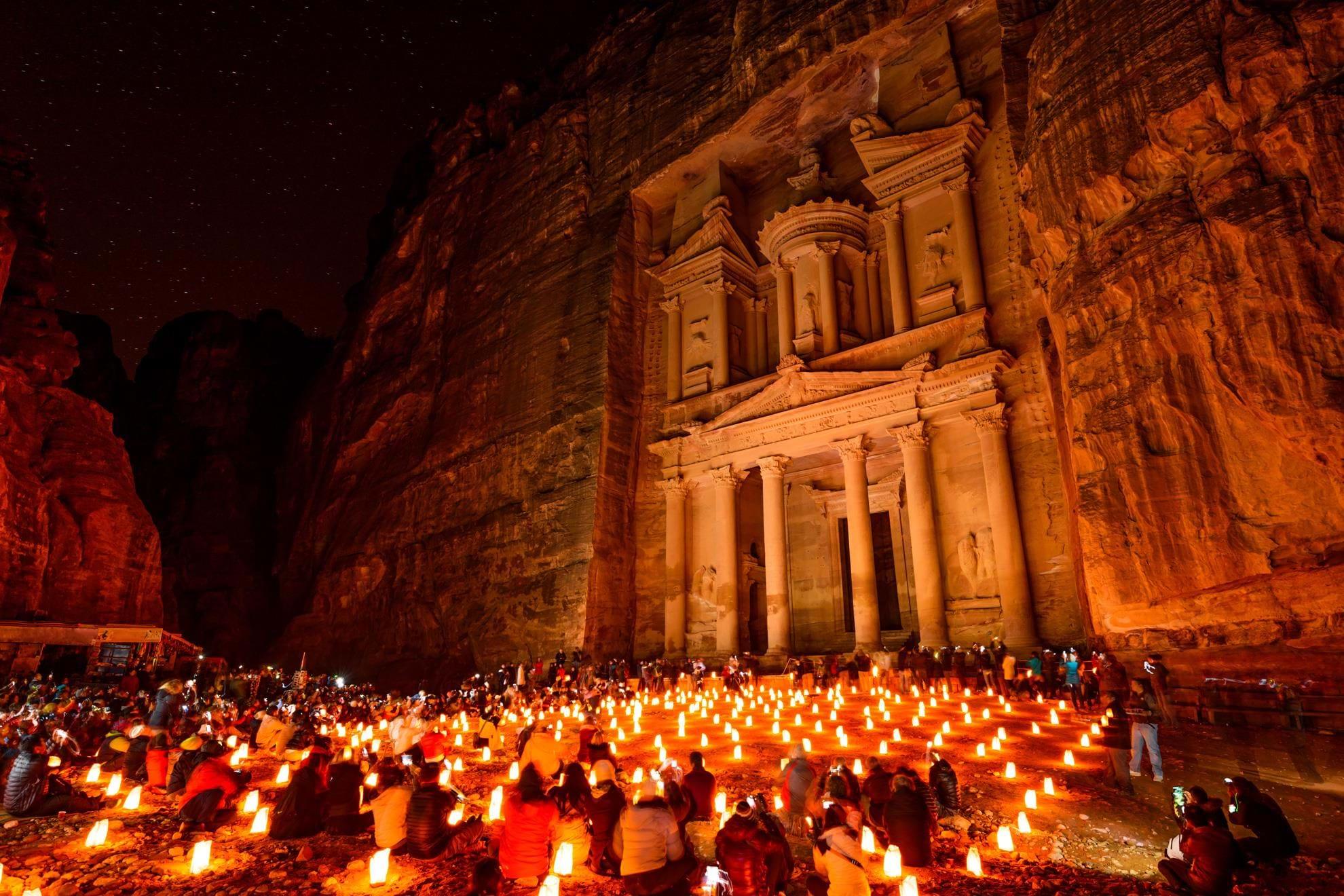Jordan 14.03.2016 Updated: Transindus
One of the most recognisable and iconic feats of architecture in the world is revealed by the ruins of Petra, Jordan. While no one knows when exactly the city was built, what we do know is that it was the capital of the ancient Nabataean Empire from at least the first century BC.
Known as the Rose-Red City, what remains of it today is a historical point of interest rather than the thriving megalopolis it once was. Much of the city was destroyed in an earthquake in 363 AD, but what remains are the most treasured attraction in Jordan and well worth a visit.
The Siq
The first part of Petra you navigate is the Siq. A legendary and imposing 1.2 km-long pathway between solid rock, created by the very earthquake that destroyed most of Petra.
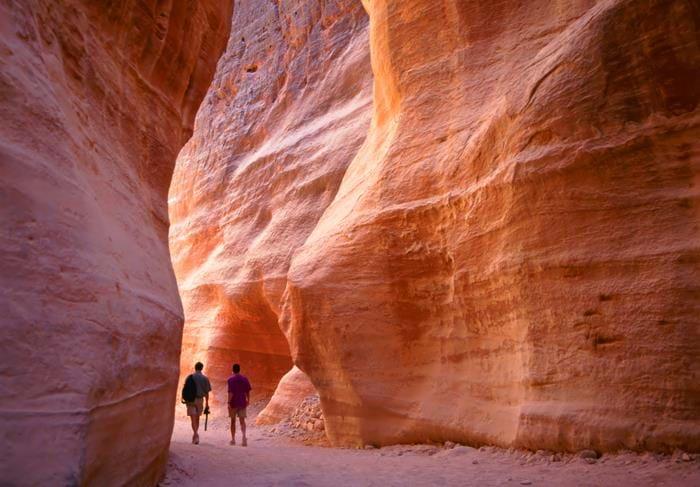
The Treasury
The end of the Siq reveals your first glimpse of the exquisitely carved Treasury, the most impressive part of the ancient city, known locally as Al-Khazneh.
While it was intended to be a tomb, local legend believed an Egyptian pharaoh had hidden gold and jewels in the top urn. It was quickly nicknamed the Treasury. Although there is no evidence behind the myth, it doesn't make this relic any less of a treasure.
Street of Facades
Leading on from the Treasury is the Outer Siq, or Street of Facades with over 40 tombs carved into the rock face, each with its unique characteristics. The true splendour of the Nabatean city is revealed as you gaze upon these astounding edifices.
You can explore further by heading up the steep steps that lead to the high altar of sacrifice and the magnificent view of Petra below. We suggest you descend via Garden Tomb, the Garden Triclinium and the tomb of the roman soldier Roman Soldier's Tomb, for a chance to appreciate the entire site in detail.
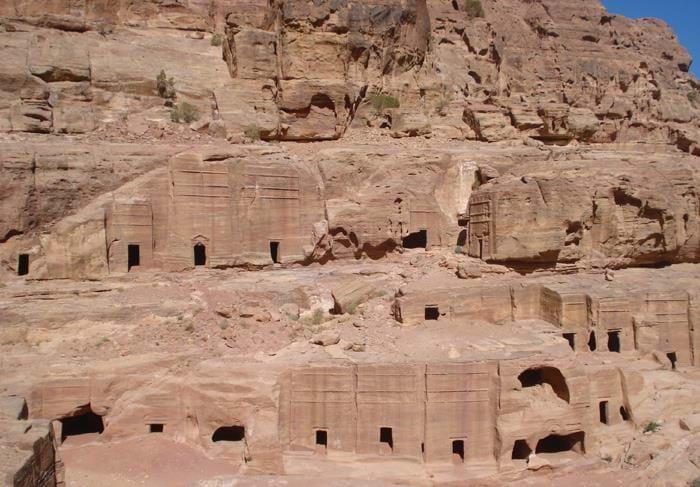
Royal Tombs
One of the major highlights of Petra is the Royal Tombs, the fine and intricate carvings of which clearly announce the status of those buried within.
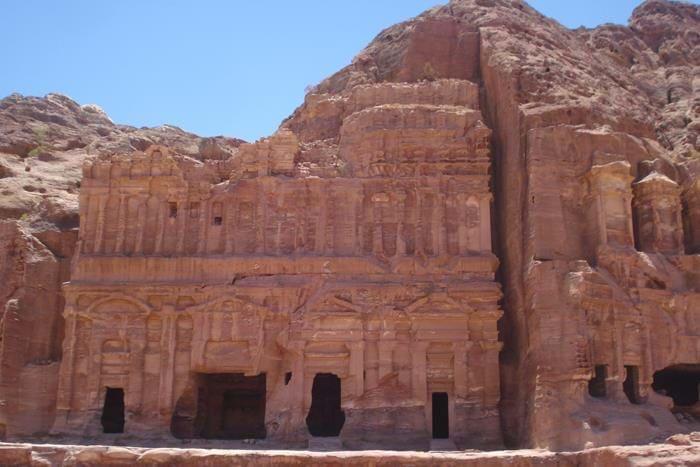
The Temples
While numerous temples survive in Petra, the most impressive is the Nabataean Temple or Qasr al-Bint, one of the only free-standing buildings in Petra that gives an insight into the importance of religion to the ancient Nabateans.
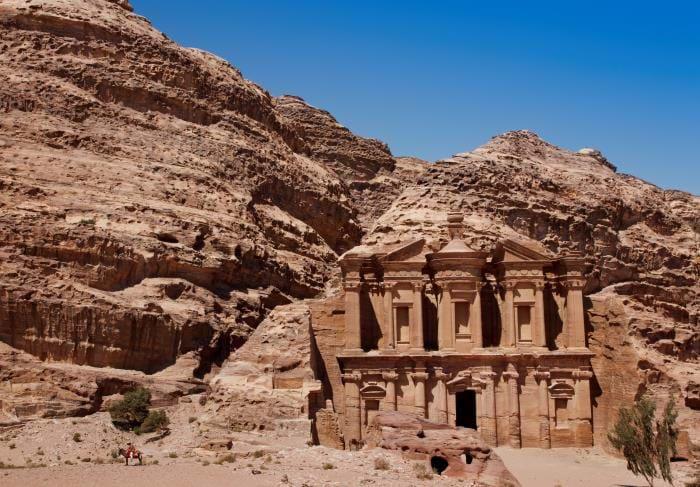
Discover the highlights of Jordan, including the UNESCO-listed city of Petra, on our 8-day Classical Jordan group tour.

